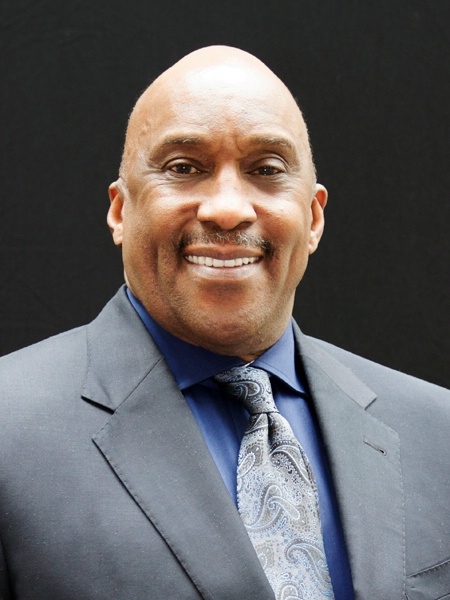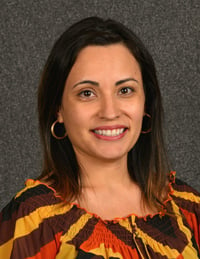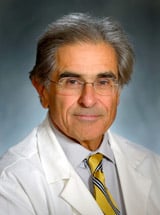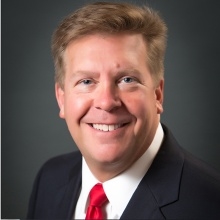WASHINGTON—Primary care will be hit especially hard by the physician shortage, but addressing burnout and keeping several key federal programs could help stem the flow of doctors from family medicine, experts say.

John Sealey, D.O., president of the Michigan Osteopathic Association's board of trustees, said he would not be a doctor today without the National Health Service Corps program, and Maria Verduzco, M.D., medical site director at Central Washington Family Medicine, said the program, in which she participated, is a major recruiting tool.
"The current system that we have is working," Verduzco said, "and I am proof of that."
Funding for the program, which connects primary care physicians to underserved regions and assists with student loan repayment, will expire at the end of this month if Congress doesn't act.

Sealey and Verduzco were two of four speakers participating in a panel convened by the National Coalition on Health Care. Other speakers included Jack Ende, M.D., president of the American College of Physicians, and Clif Knight, M.D., senior vice president for education at the American Academy of Family Physicians.
RELATED: Physician shortage could hit 100K by 2030
The physician shortage will especially impact primary care, as it can be hard to funnel doctors into that track, Ende said. There are a number of reasons for this, including the fact that residency training often occurs in hospitals and primary care docs make less than their more specialized counterparts.

But programs aimed at boosting the primary care workforce can pay off. Ende said that 60% of doctors who go through the NHSC are still serving in the same regions 10 years later, for example.
"That's the success of this program," he said.
Another Health Resources and Services Administration program with a looming financial deadline is the Teaching Health Center Graduate Medical Education program.
Knight said that program allows physicians on-the-ground training in community health instead of a more hospital care-focused residency.
Knight said 99% of residents train in urban areas, and medical residents tend to stay and practice where they train. Despite that, the demand for primary care in underserved areas is significant, he said.

"We're already in a hole and we know we need more," Knight said. "That's the crisis we're in."
Funding concerns make it hard for recruiters to bring young doctors into these programs, he said, as they're uncertain if they'll have the money to finish their training.
RELATED: EHRs, hectic work environment drive family doctors' burnout
Burnout among primary care doctors is also making the shortage worse. It impacts all types of physicians, Knight said, but it presents a significant barrier to keeping people in primary care roles.
"This is a true quality and service issue for patient care," he said.
The key solution? Regulatory relief, Knight said. Legislators can make it easier on doctors by easing documentation requirements and putting a focus on quality over quantity in care.